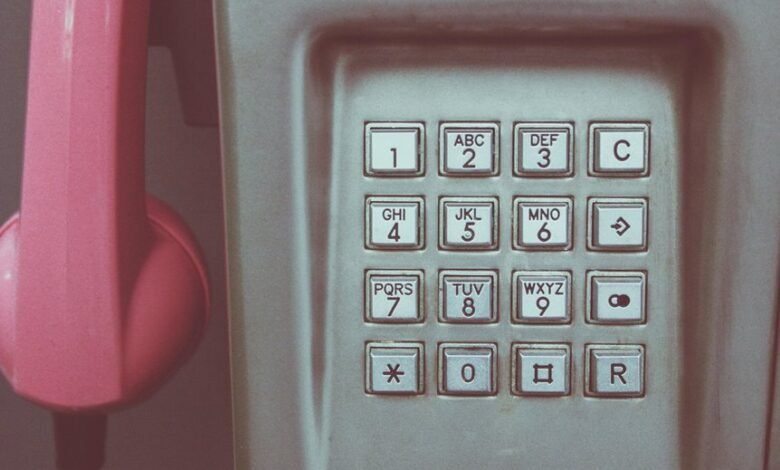Look Into Contact Trace For 3714491821, 3291116330, 3884765866, 3334416626, 3290155866, 3288659247

Contact tracing has emerged as a critical strategy in managing infectious disease outbreaks. The analysis of specific phone numbers, such as 3714491821, 3291116330, and others, can unveil connections that indicate potential exposure risks. However, while the benefits of tracing are clear, they are accompanied by significant privacy considerations. Understanding how to navigate these complexities will be essential for public health authorities moving forward. What implications might arise from this balancing act?
Understanding Contact Tracing and Its Importance
Although often overlooked, contact tracing serves as a critical component in the management of infectious diseases, particularly during outbreaks.
By identifying and notifying individuals who have been in close contact with infected persons, public health authorities can implement timely interventions.
This proactive measure not only supports disease prevention efforts but also empowers communities, fostering a sense of responsibility and freedom in safeguarding public health.
Analyzing the Specific Phone Numbers
Contact tracing relies heavily on the analysis of specific phone numbers to establish connections between individuals and track the spread of infectious diseases.
Through phone number analysis, public health officials can identify potential exposure risks.
However, this process raises concerns regarding data privacy, as individuals’ personal information is scrutinized.
Balancing effective contact tracing with the right to privacy remains a crucial challenge in public health initiatives.
The Role of Technology in Contact Tracing
The integration of technology has significantly transformed the landscape of contact tracing, enhancing the ability to track and mitigate the spread of infectious diseases.
Mobile applications have emerged as vital tools, enabling real-time data collection and analysis.
However, concerns around data privacy persist, necessitating robust safeguards to ensure user information remains secure while facilitating effective public health responses.
Enhancing Public Health Through Effective Contact Tracing
Effective contact tracing serves as a cornerstone of public health initiatives, particularly during outbreaks of infectious diseases.
By identifying and notifying individuals who have been exposed, contact tracing enhances disease prevention efforts. This proactive approach not only curtails transmission rates but also empowers communities, fostering a sense of responsibility and autonomy.
Ultimately, effective contact tracing is vital for safeguarding public health in times of crisis.
Conclusion
In the realm of public health, contact tracing serves as a modern-day equivalent of the fabled thread of Ariadne, guiding authorities through the labyrinth of potential exposure pathways. By carefully analyzing the connections linked to phone numbers such as 3714491821 and others, health officials can weave a safety net that protects communities. However, this delicate endeavor must balance the quest for safety with the preservation of individual privacy, ensuring trust remains intact in the face of health crises.





